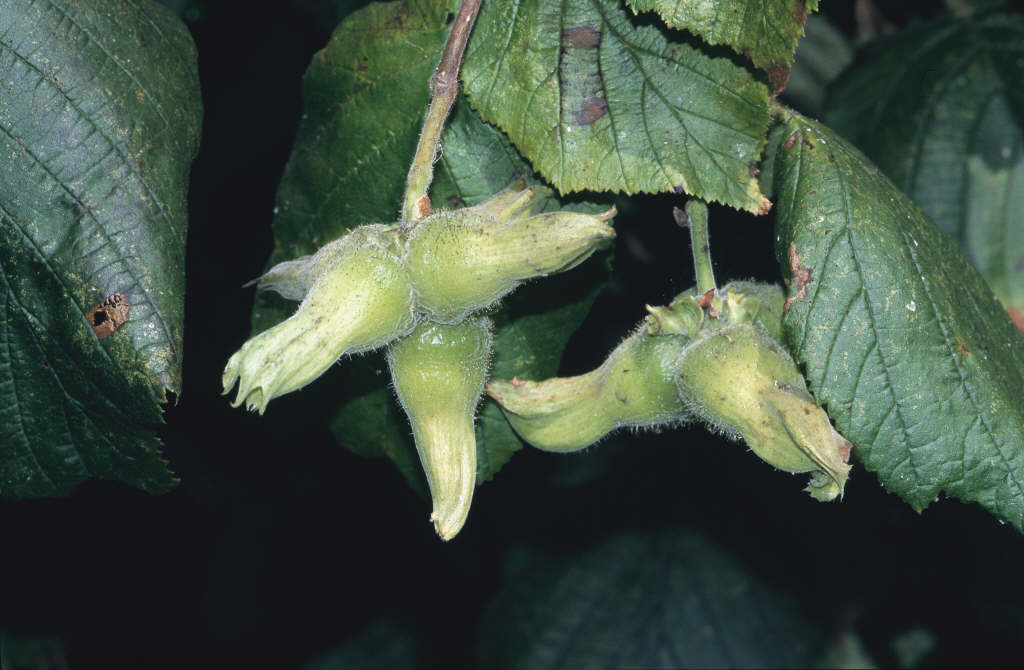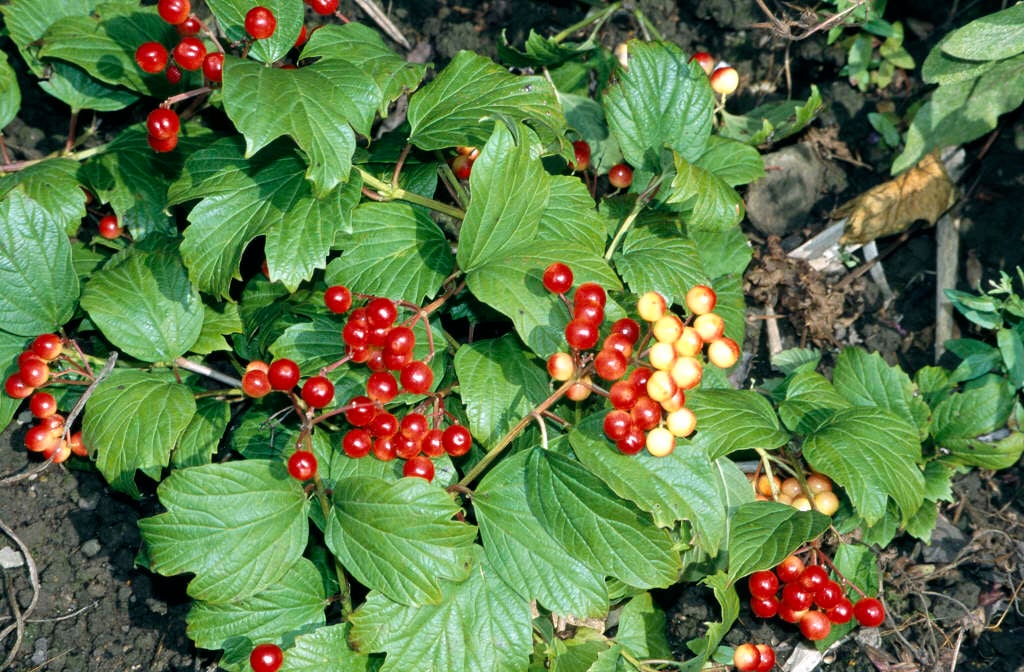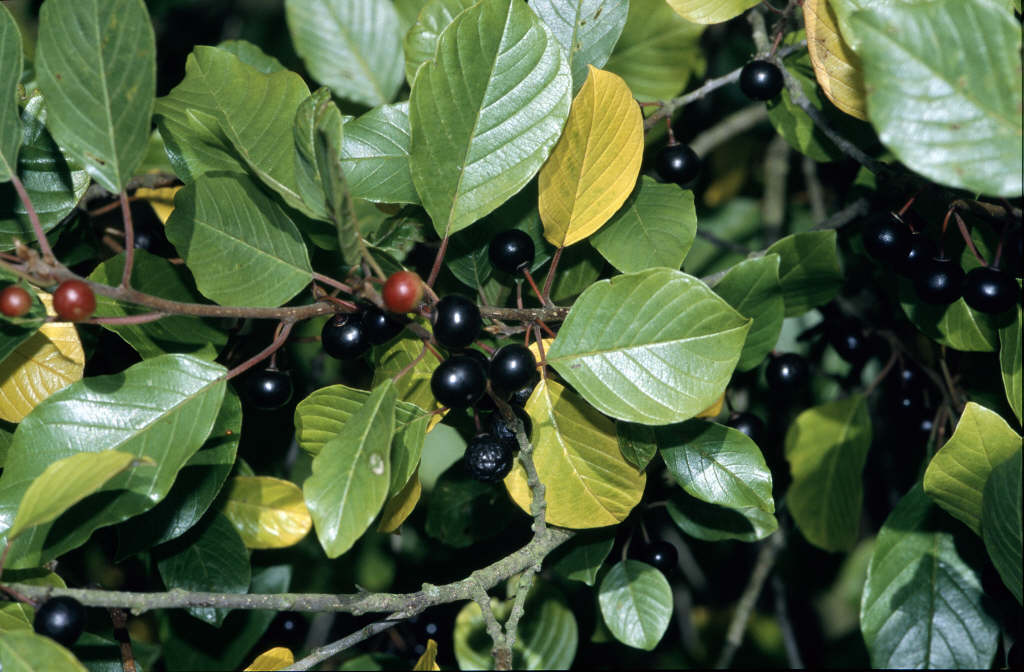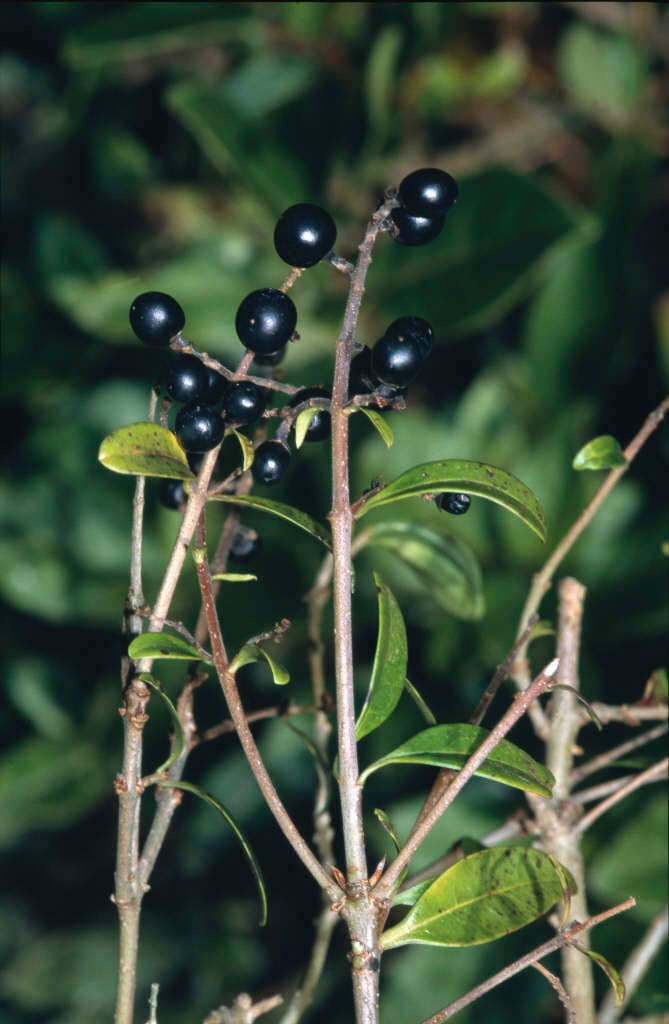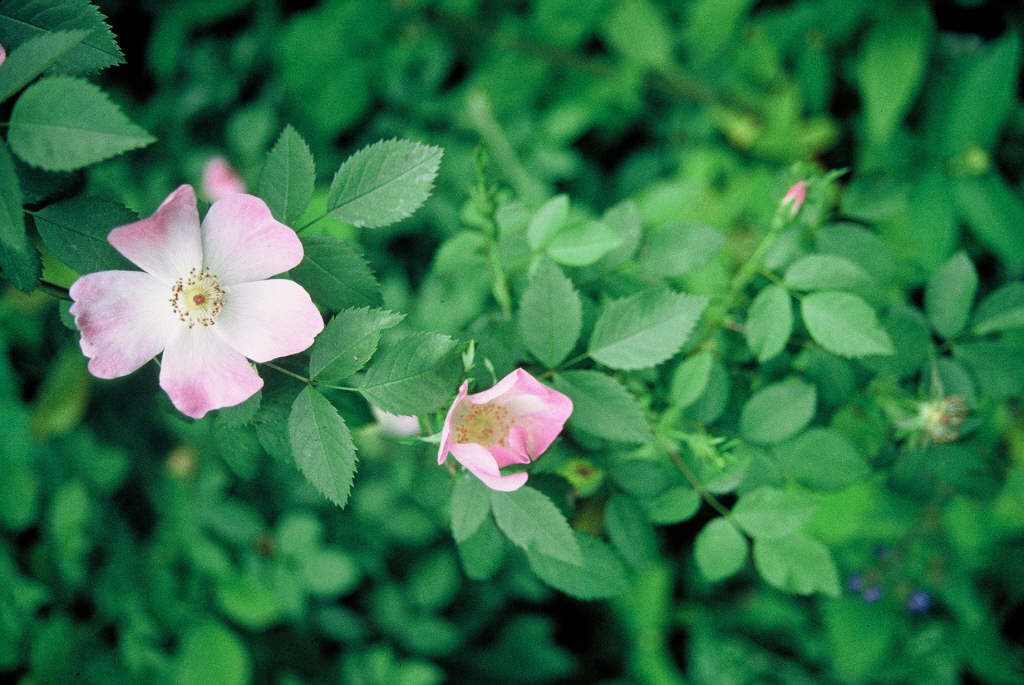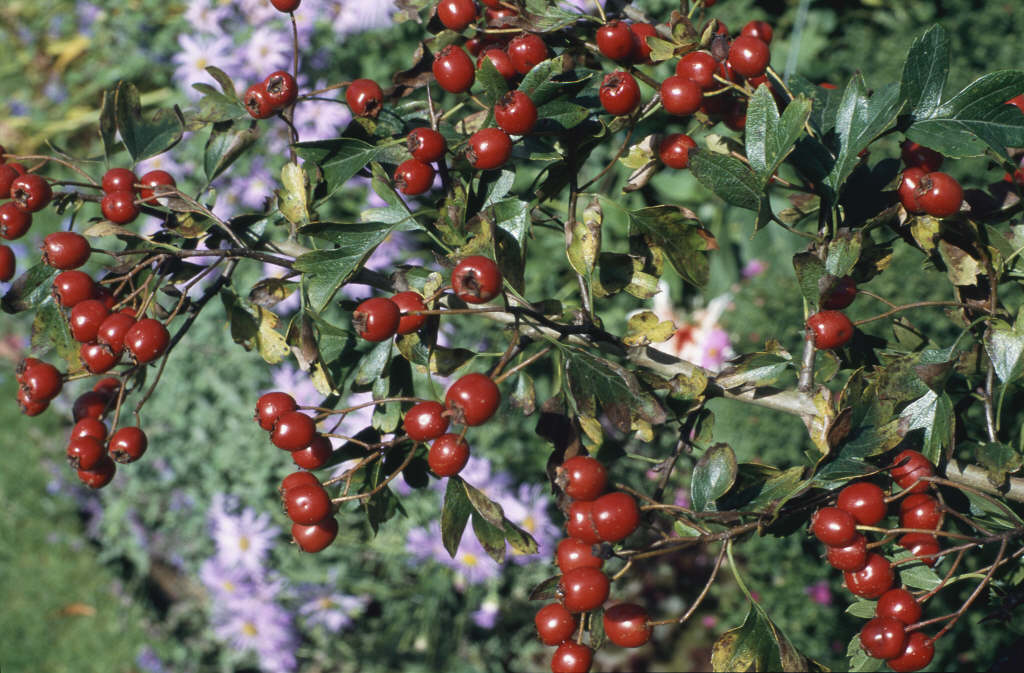The Historic Environment Action Plan (HEAP)
Back in 2013, the East Devon Area of Outstanding Natural Beauty (funded by English Heritage) piloted this innovative project in two parishes - Woodbury and Branscombe. The Project aimed to identify and explore the most important heritage features in each parish's landscape, to consider what issues are affecting them, and to create a strategic and community-based Historic Environment Action Plan (HEAP). A HEAP is intended to be a positive statement of what each parish values and why, what future steps could be taken to explore its heritage further, and how these might be achieved.
In Woodbury, the Project was co-ordinated by the Local History Society, with the participation of other interested individuals. Building on 20 years of research activity, a group of Society members responded by asking new, deeper questions about some (out of many possible) elements of the historic landscape, particularly since the time of the Tithe Map in 1839 - a digitised version of which is available online at the Woodbury village website.
Four historic mapping workshops took place in the parish, of which two were in Woodbury Salterton. Several key participants of the Project were from Woodbury Salterton: Prof Patrick Dillon and Priscilla Trenchard carried out a Subjective Geographies project in the village, which you may remember from questions they asked at the mapping days, and to the school and the WI. Sally Elliott made an extensive assessment of old woodland, and Diana Wackerbarth assisted Roger Stokes of the History Society in compiling the final report, pulling together a very wide and idiosyncratic variety of contributions.
That report is now complete, and has been published on the Woodbury village website (click on 'Woodbury HEAP report' in the Contents list on the left-hand side of the page), and the Woodbury Local History website. Funding is being explored to print hard copies for wider circulation in the parish.
The reports of both the participating parishes, and also Lympstone, are also available on the East Devon AONB website. If you ever wondered what Woodbury Salterton looks like from the point of view of a dog or a horse, the Subjective Geographies report is also on that website - and is very informative about perceptions of the village.
You may also be interested to see the excellent and very different way that Branscombe parish has taken the work forward - especially if you came to one of the mapping days and wondered, 'What next?' See the Branscombe Project's website.
Future of the Project
The Woodbury report is a mine of information, description and illustration. But in a way both reports just mark the end of a first stage, and questions of significance and future action have still to be explored. Here are some next steps:- Sat 18th April - East Devon AONB Historic Landscape Conference. The results of the HEAP Project will be presented at this conference at the Norman Lockyer Observatory in Sidmouth. Anyone is welcome to attend if you are interested http://www.eastdevonaonb.org.uk/uploads/documents/conserve/Culture%20and%20Heritage/flyer.pdf
- A Woodbury News article will be appear after that meeting, when there is more clarity about the future of the HEAP Project as a whole.
- Thursday 3rd Sept in WVH There will be a joint Woodbury History Society meeting with the Branscombe Project, at which both groups will present their reports - visitors welcome to the meeting.
- 'Woodbury Then and Now' The Woodbury Camera Club is undertaking a project to re-photograph a number of historic views of the villages in the parish from Roger Stokes' vast collection. They will show the first results at the joint meeting on Sept 3rd, and are also working towards putting on an exhibition and publishing a small book.
As a taster of the report, here is the section we wrote as background on the landscape of the parish. The information was drawn from the Parish Design Statement, the Parish Biodiversity Audit; the local history publications 'Woodbury Parish: 1894-1994' by Sally and Ramsay Elliot (eds.), and 'Woodbury: a view from the Beacon' by Ursula Brighouse; and from 'Interpreting Landscapes' (2010) Christopher Tilley (Chap 6, 'Sensory experience on the East Devon Pebblebeds).
The landscape of Woodbury Parish
Woodbury Parish lies south-east of Exeter, between the city and Exmouth. It is one of the largest in Devon (with a population in 2001 of 3,337), and occupies 6,531 acres of gently undulating rural land. It is also perhaps one of the most diverse in the county, in terms of its variety of landscape.
In the west at Exton, the Parish extends into the middle of the Exe Estuary, with its internationally important salt-marshes and mud flats; and in the east, to the hills of the East Devon Pebblebed Heaths, where one of the largest expanses of lowland heath in southern Britain can be found.
Between these lies a broadly agricultural landscape of fields, which are mostly intensively managed pasture or arable land. Away from the main roads, the network of narrow winding lanes, between Devon hedge-banks, has miles of traditional species-rich hedgerows with mature hedgerow trees. Combined with these, scattered small woodlands and copses make the landscape appear very wooded. Nestled within it are the three main villages of Woodbury at the centre of the parish, Woodbury Salterton and Exton, together with the hamlets of Grindle, Gulliford, Nutwell, Venmoor and Woodmanton, and a number of individual farms.
The variety of scenery, elevation, aspect and ecology in the parish is considered to be a large part of the charm of its heritage.
The parish can be seen as a whole from the highest point of Woodbury Common, about 175m above sea-level on the Pebblebed Heaths. Its situation can be understood within a far wider landscape adjoining on one side Lyme Bay – which can be seen eastwards towards Dorset along the Jurassic Coast World Heritage Site to Beer Head (and sometimes as far as the Isle of Portland) – and, on the other, the Exe estuary and South Devon coast south-westwards to Berry Head.
To the west the view extends beyond the Haldon Hills to Dartmoor, to the north beyond the Raddon Hills to Exmoor, to the east to East Hill ridge, to the south-east to Peak Hill and High Peak, and to the south to the estuary of the River Otter at Budleigh Salterton, and the heathlands north of Exmouth.
Much of the parish landscape is underlain by Littleham mudstone, a mixture of mud and silt that creates the fertile, heavy clayey subsoil characteristic of the area, and also greatly influences local drainage. There are occasional sandy outcrops, such as Windmill Hill (close to the northern boundary of the parish) and the low ridge to the west of Woodbury. A particular feature of the soils is the multitude of large pebbles contained within them, known locally as ‘pobbles’ or ‘popples’. These originate from the slopes of the Pebblebed Heaths, and their wide use in vernacular building has created a distinctive local style. The ridge of the Heaths is the remains of an ancient riverbed that flowed from south to north through a red sandy desert. Formed entirely of pebbles, it is absolutely unique in the United Kingdom. [See also the blog post of October 2014 which included an article by Nicky Hewitt of the RSPB about the Commons]. At the base of its steep western scarp slope, a springline drains towards the Exe estuary and the River Clyst.
The parish is rich in areas of particular landscape and habitat significance. The East Devon Pebblebed Heaths are part of the East Devon Area of Outstanding Natural Beauty. Their lowland heathland habitat is one of the most important conservation sites in Europe, designated a Site of Special Scientific Interest, a Special Area of Conservation, and a Special Protection Area. Below the heathland, the belt of farmland includes an area adjacent to the AONB in the southeast of the parish that is designated an Area of Great Landscape Value. In addition, the Exe estuary is nationally important for its coastal habitat and designated a Site of Special Scientific Interest and a Special Protection Area, and is also a Ramsar site for its international significance as a waterfowl habitat.
The known human story of the parish begins around 7000BCE with hunters of the Mesolithic period, through the Neolithic woodland clearance from about 4000BCE, and the Bronze Age creation of at least 26 round barrows on the Pebblebed Heaths between about 2000 and 1000BCE. These are the oldest known monuments in the locality and suggest that it was a significant funerary landscape in that period. Two of the barrows are important landmarks on the ridge of the Commons. Also prominent on the highest point of the skyline – and with exceptionally long views in every direction – is the early Iron Age hill-fort of Woodbury Castle.
The extent of Roman presence here is uncertain, but the landscape of farms and smallholdings, ancient field patterns and banks, sunken lanes and hedgerows is, however, of great antiquity. Much of the existing settlement pattern was established in Saxon times, when Woodbury acquired its name, and medieval strip fields still exist in some places.
In the modern era, the character of the parish has been much affected by its proximity to Exeter (7 miles) and Exmouth (4 miles), and to national road, rail and air communications. Alongside the many ancient and historic features, the contemporary landscape includes diversification of agricultural land into more recent new housing, business parks and leisure uses. Currently, many fields around the settlements are under threat of further housing development.









